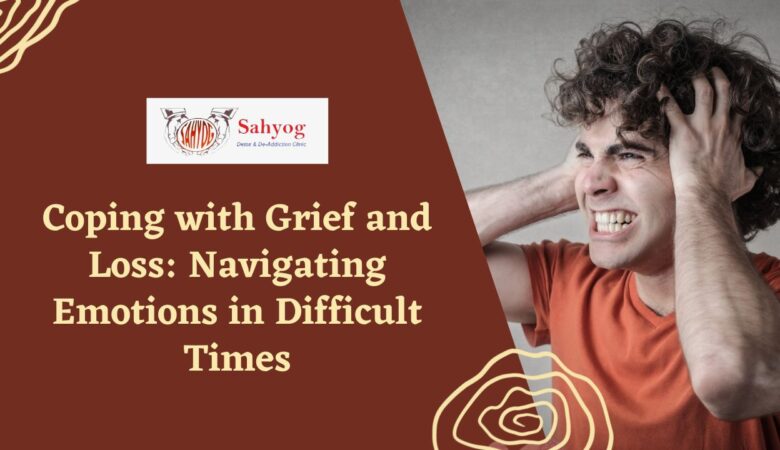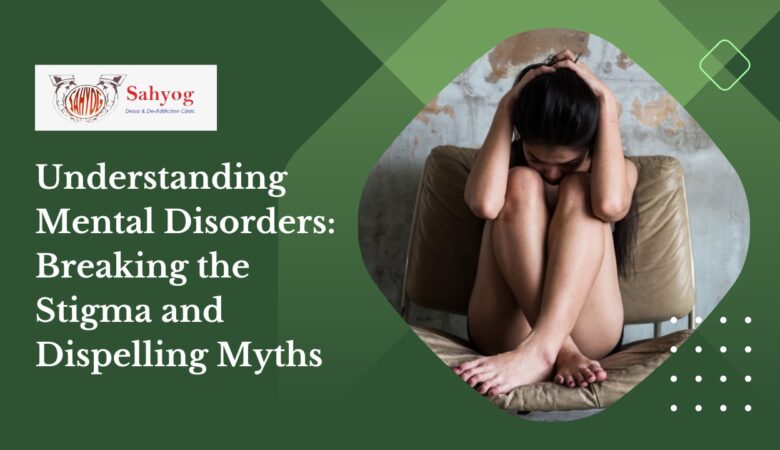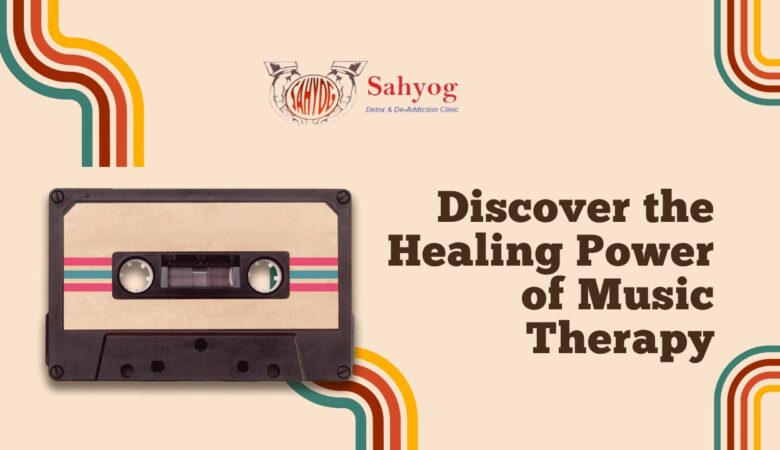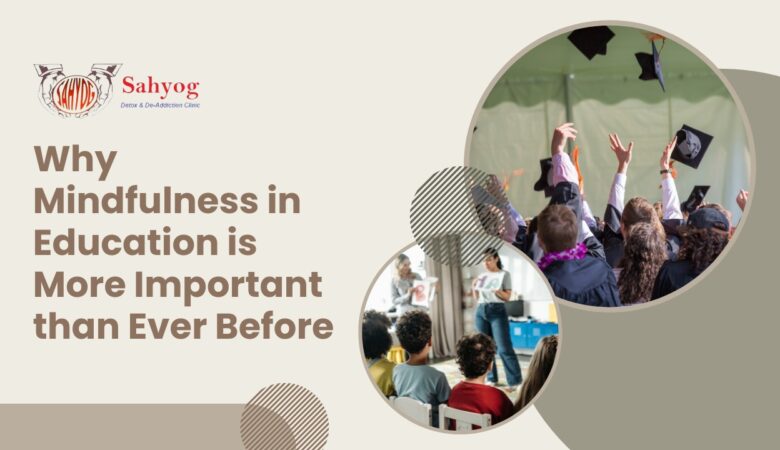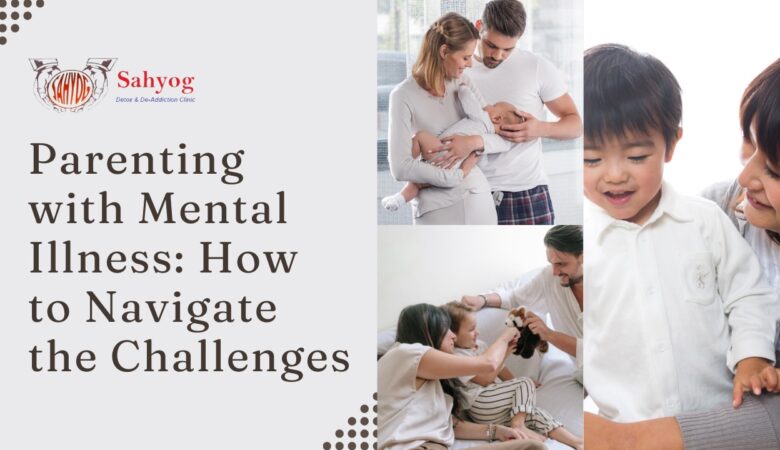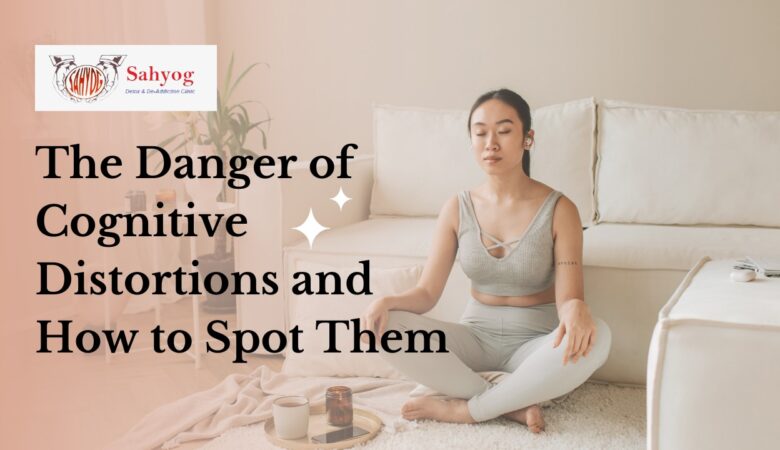Coping with Grief and Loss: Navigating Emotions in Difficult Times
Dealing with grief and loss is undoubtedly one of life’s most challenging journeys. Whether it’s the passing of a loved one, the end of a relationship, or the loss of something we hold dear, navigating through these emotions can feel overwhelming. Coping with grief requires strength, patience, and understanding as we learn to process our feelings and find ways to heal. In this blog post, we will explore different types of grief, delve into the stages of grieving, and provide practical tips on how to cope with grief and loss. If you’ve been struggling to navigate your emotions during difficult times, keep reading – because healing is possible! The Different Types of Grief When it comes to grief, it’s important to recognize that there is no one-size-fits-all experience. Grief can manifest in different ways for different people, and understanding the various types of grief can help us navigate our own emotions and support others who may be going through a difficult time. One type of grief that many are familiar with is anticipatory grief. This occurs when we know in advance that we will experience a loss, such as when a loved one has been diagnosed with a terminal illness. Anticipatory grief allows us to begin processing our emotions before the actual loss occurs, but it doesn’t make the subsequent grieving process any less painful. Another type of grief is complicated or prolonged grief. This refers to an extended period of intense mourning that may prevent individuals from moving forward in their lives. Complicated grief often involves feelings of guilt or anger and may require professional support to work through. Ambiguous loss is yet another form of grieving that can be particularly challenging. It occurs when there is no clear closure or resolution surrounding a loss, such as when someone goes missing or is estranged from their family. The lack of answers or certainty makes this type of grief complex and ongoing. Grief also extends beyond the death of a loved one; it can encompass other losses as well, such as divorce, job loss, or even the end of significant relationships. These types of non-death-related losses are referred to as disenfranchised grief because they may not receive societal recognition or validation compared to bereavement after death. Understanding these different types of grief helps us recognize that everyone’s journey through loss will be unique and deeply personal. By acknowledging this diversity within the grieving process, we can approach ourselves and others with compassion and empathy during difficult times without minimizing anyone’s pain or experiences. The Stages of Grief Grieving is a complex process that involves navigating through different stages. These stages are not linear and may occur in any order, with individuals experiencing each stage differently. It’s important to remember that everyone grieves uniquely, and there is no right or wrong way to go through these stages. One of the most recognized models for understanding the stages of grief is the Kübler-Ross model. This model suggests that there are five main stages: denial, anger, bargaining, depression, and acceptance. However, it’s essential to note that not everyone will experience all these stages or in the same intensity. Denial often serves as a protective mechanism initially when faced with loss. It can be challenging to accept and acknowledge the reality of what has happened. As time goes on, denial typically gives way to feelings of anger. Anger can be directed towards oneself, others involved in the situation, or even towards life itself. Bargaining comes next – an attempt to regain control by making deals with a higher power or trying to negotiate an alternative outcome. Depression then sets in as reality sinks in further, leading to overwhelming sadness and despair. Acceptance gradually emerges as individuals begin coming to terms with their loss and start adjusting without feeling consumed by grief. It’s critical to understand that these stages are not set in stone; they serve more as guidelines rather than strict progression markers for every individual’s grief journey. How to Cope with Grief and Loss One of the most important things to remember when coping with grief and loss is to allow yourself to feel whatever emotions come up. It’s natural to experience a wide range of feelings, from sadness and anger to confusion and even guilt. Don’t try to suppress or ignore these emotions; instead, give yourself permission to fully experience them. Finding healthy ways to express your emotions can be incredibly helpful in navigating through difficult times. This could involve talking with a trusted friend or family member, writing in a journal, or engaging in activities that bring you joy and help you process your feelings. Taking care of your physical well-being is also essential when dealing with grief and loss. Make sure you’re getting enough rest, eating nutritious foods, and exercising regularly. Engaging in self-care activities such as taking walks in nature, practicing meditation or deep breathing exercises can also provide comfort during this challenging time. Seeking support from others who have experienced similar losses can be immensely beneficial as well. Consider joining a support group where you can share your thoughts and feelings openly without judgment. Connecting with others who understand what you’re going through can offer validation, empathy, and valuable insights on how they coped with their own grief journey. It’s important not to rush the grieving process or put pressure on yourself for healing at a certain pace. Grief takes time – there is no set timeline for recovery – so be patient with yourself throughout this journey. Remember that it’s okay if some days are harder than others; grief often comes in waves. Be gentle with yourself during those tough moments by practicing self-compassion and allowing space for healing. Coping with grief and loss involves acknowledging your emotions without judgment, finding healthy outlets for expression, taking care of your physical well-being while seeking support from loved ones or professional resources if needed. Above all, remember to be patient and kind to yourself throughout this process. Tips
